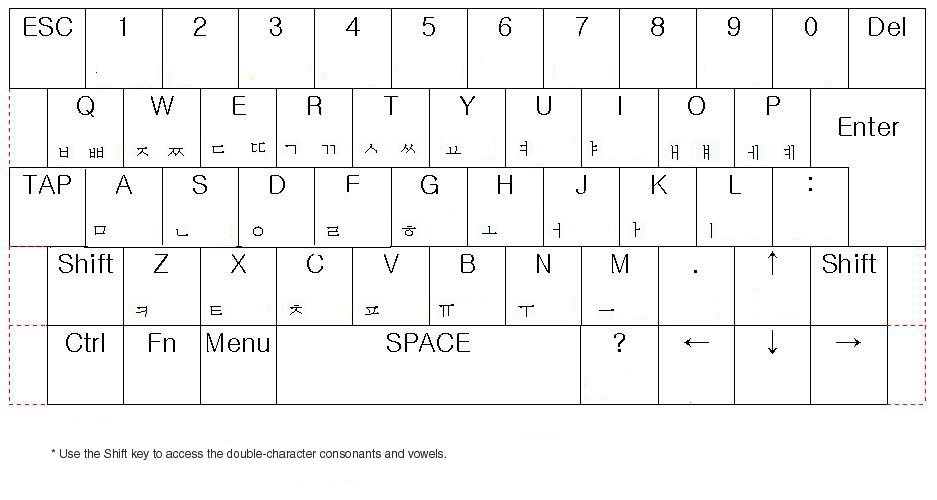Thank you!
Korean Entertainment Industry (K-POP) - March 4, 2012
Links to the videos we watched during the meeting:
What Korean music like was before this modern "K-Pop" wave: http://www.youtube.com/watch?v=Kta0zl-G3lc
Girls' Generation (소녀니대) - "Gee"
http://www.youtube.com/watch?v=U7mPqycQ0tQ
Super Junior (슈퍼주니어) - "Bonamana"
http://www.youtube.com/watch?v=tSOSxwEWFA4
2NE1 - "I Am The Best" ("내가 제일 잘나가")
http://www.youtube.com/watch?v=j7_lSP8Vc3o
"Kid's React to K-Pop" http://www.youtube.com/watch?v=yd6EQ4MxTWE
Talks about the life of a K-pop star: http://www.greenteagraffiti.com/Music/Korean/Behind-the-K-pop-Scenes-Part-1.html
SOLNAL (설날) - January 8, 2012
Notes/Outline from: November 13, 2011 - IDENTITY
IDENTITY:
- Asian stereotypes:
- influence/portrayal in media, literature, theater, other creative expressions
- Hardworking, diligent, politically inactive, studious, intelligent, productive, inoffensive
- Education system: stereotypes/"model minority" image and their assumed success makes it easy for educators to overlook Asian American students who are struggling academically.
Do you think your kids, who are Korean but are adopted into American families, will grow up to be viewed with these Asian stereotypes? How might you help him/her handle these stereotypes?
- Do you think it's better to be really strict and hard on your child or raise them with more freedom and fewer/lower expectations? Do you think there are different sets of stereotypes for different Asian groups, or do you think the same stereotypes apply to all Asians?
Tiger mom:
- Amy Chua
- Never allowed to:
- sleepover
- have a playdate
- be in a school play
- complain about not being in a school play
- watch TV or play computer games
- choose their own extracurricular activities
- get any grade less than an A
- not be the #1 student in every subject (except gym and drama)
- play an instrument other than the piano or violin
- not play the piano or violin
- "Nothing is fun until you're good at it. To get good at anything you have to work, and children on their own never want to work, which is why it is crucial to override their preferences.
Thoughts? How does Chua's style compare to yours?
Here are the PowerPoints that were reviewed in the Parents Sessions:
September 18, 2011: Chuseok
October 2, 2011: Introduction To: The Korean Language
The Korean Keyboard (and instructions on how to get the Korean keyboard on the language bar):
Instructions for Windows Vista:
1. Click Start and then Control Panel
2. In Control Panel, if you are in Classic View, click on Control Panel Home (top left corner)
3. Open Clock, Language, and Region
4. Click on Regional and Language Options.
5. Click the Keyboards and Languages tab and then click Change keyboards.
6. Under Installed services, click Add.
7. In the Add Input Language dialog box, select the keyboard layout you would like to add from the list available and click OK.
8. The keyboard layout you added will be included in the list. To set the new layout as your default, select it from the list. Click OK to save your changes
9. You can switch between different input languages (= keyboard languages) by clicking on the Language Bar button or by pressing the Alt + Shift keys
Instructions for Windows XP:
1. Click Start and then Control Panel
2. In Control Panel, if you are in Category View, click on Switch to Classic View (top left corner)
3. Open Regional and Language Options.
4. Click on the Languages tab.
5. Under Text services and input languages, click on the Details button.
6. Under Installed services, click Add.
7. In the Add Input Language dialog box, choose the input language and keyboard layout or Input Method Editor (IME) you want to add.
8. Click OK twice. You should now see a language indicator in the System Tray (located at bottom right hand corner of the desktop by default). You can switch between different input languages (= keyboard languages) by pressing the Alt + Shift keys
*If a language does not appear in the Input language list, the fonts for that language might not be installed. If that is the case, follow the instructions below.
Add language support
1. Click Start and then Control Panel
2. In Control Panel, if you are in Category View, click on Switch to Classic View
3. Open Regional and Language Options in Control Panel.
4. Click on the Languages tab.
5. Under Supplemental language support, select the check box beside the applicable language collection
6. Click OK or Apply. You will prompted to insert the Windows CD-ROM or point to a network location where the files are located. After the files are installed, you must restart your computer.
Instructions for MAC:
1. Choose System Preferences from the Apple menu
2. Choose Language & Text from the View menu
3. Select the Input Sources tab
4. Enable/check the Korean checkbox

No comments:
Post a Comment